Mouse CD30/TNFRSF8 ELISA Kit
$299.00 – $419.00
ELISA Kit Detail Information
| Related Target | |
|---|---|
| Species | mouse |
| Sample Type | Serum, plasma, cell culture supernatant, and other biological samples |
| Sample Volume | 100 μL (diluent) |
| Sensitivity | 0.88 pg/mL |
| Array Range | 15.63 pg/mL – 1000 pg/mL |
| Assay Time | 3.5 h |
| Recovery | 92% – 118% |
| Average Recovery | 106% |
| Intra Precision | 3.5% – 4.7% |
| Inter Precision | 1.1% - 2.8% |
| Plate | Detachable 96-well plate |
| Storage | If the reagent kit is unopened, it should be stored at 4℃. However, if it has been opened, the standard solution should be stored at -20℃, while the other components should be stored at 4℃. |
| Delivery | 4℃ blue ice transportation |
| Components | 96-well polystyrene enzyme-linked immunosorbent assay (ELISA) plate coated with anti-CD30 monoclonal antibody Human CD30 freeze-dried standard Angiotensinogen/AGT/ SerpinA8 detect Antibody Standard Diluent Assay Buffer(10×) Substrate TMB Stop Solution Washing Buffer(20×) Sealing Film |
| Assay Principle | This kit utilizes the double antibody sandwich enzyme-linked immunosorbent assay (ELISA) detection technique.Specific anti-human BMP-4 antibodies are precoated on a high-affinity ELISA plate. Standard samples, test samples, and the detection antibody labeled with horseradish peroxidase are added to the wells of the ELISA plate. After incubation, CD30 present in the samples binds to the solid-phase antibodies and the detection antibodies. After washing, a colorimetric substrate, TMB, is added and the plate is incubated in the dark for color development. The intensity of the color reaction is directly proportional to the concentration of CD30 in the samples.A stop solution is added to terminate the reaction, and the absorbance value is measured at a wavelength of 450 nm (with a reference wavelength range of 570-630 nm). |
Related Targets
TNFRSF8
TNFRSF8 Target Infomation Overview
- Target Symbol: TNFRSF8, TNF receptor superfamily member 8
- Gene Groups: CD molecules; Tumor necrosis factor receptor superfamily
- Alias: KI-1
- Previous Names: CD30; D1S166E
- Alias Names: tumor necrosis factor receptor superfamily, member 8
TNFRSF8, TNF receptor superfamily member 8 Target Infomation by Species
- Human
- Mouse
- Rat
Human TNFRSF8 Target Information
- Target Symbol: TNFRSF8, TNF receptor superfamily member 8
- Alias:
- CD30
- CD30 antigen
- CD30L receptor
- cytokine receptor CD30
- D1S166E
- Ki-1
- Ki-1 antigen
- lymphocyte activation antigen CD30
- tumor necrosis factor receptor superfamily member 8
- tumor necrosis factor receptor superfamily, member 8
- NCBI_Gene: 943
- UniProtKB: P28908
Human TNFRSF8 Predicted Functions
Predicted to enable transmembrane signaling receptor activity. Involved in cellular response to mechanical stimulus; positive regulation of apoptotic process; and positive regulation of tumor necrosis factor superfamily cytokine production. Located in plasma membrane.
Mouse Tnfrsf8 Target Information
- Target Symbol: Tnfrsf8, tumor necrosis factor receptor superfamily, member 8
- Alias:
- CD30
- Cd30
- CD30 antigen
- NCBI_Gene: 21941
Mouse Tnfrsf8 Predicted Functions
Predicted to enable transmembrane signaling receptor activity. Predicted to be involved in positive regulation of NF-kappaB transcription factor activity; positive regulation of apoptotic process; and positive regulation of tumor necrosis factor superfamily cytokine production. Predicted to be located in plasma membrane. Is expressed in several structures, including adrenal gland; brain; female reproductive system; intestine; and thymus. Orthologous to human TNFRSF8 (TNF receptor superfamily member 8).
Rat Tnfrsf8 Target Information
- Target Symbol: Tnfrsf8, TNF receptor superfamily member 8
- Alias:
- Cd30
- CD30L receptor
- lymphocyte activation antigen CD30
- tumor necrosis factor receptor superfamily member 8
- tumor necrosis factor receptor superfamily, member 8
- Tumor necrosis factor superfamily member 8
- tumor necrosis factor superfamily member CD30
- tumor necrosis factor superfamily, member CD30
- NCBI_Gene: 25069
Rat Tnfrsf8 Predicted Functions
Predicted to enable transmembrane signaling receptor activity. Involved in positive regulation of NF-kappaB transcription factor activity. Predicted to be located in plasma membrane. Orthologous to human TNFRSF8 (TNF receptor superfamily member 8).

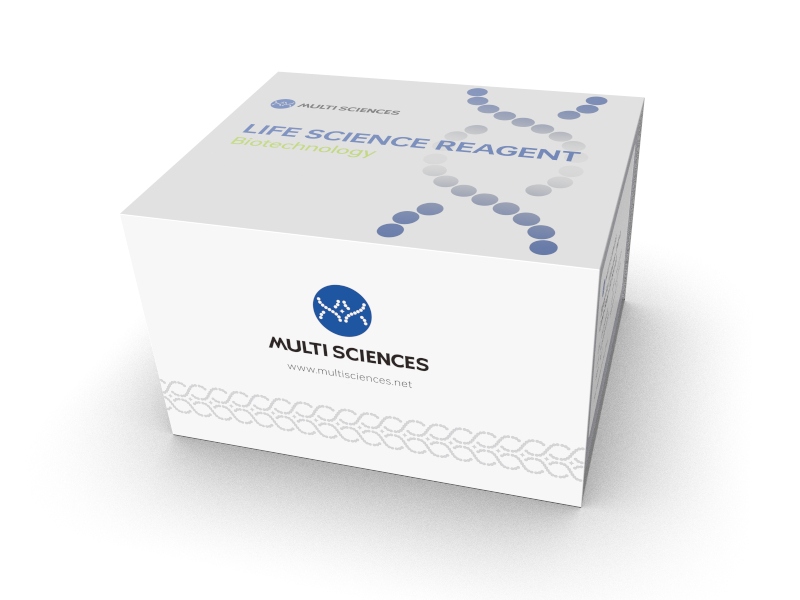
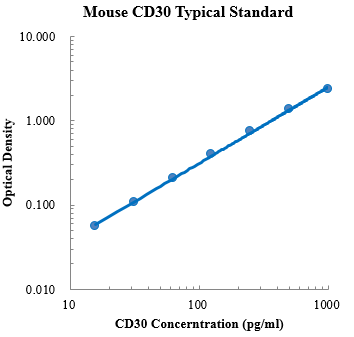
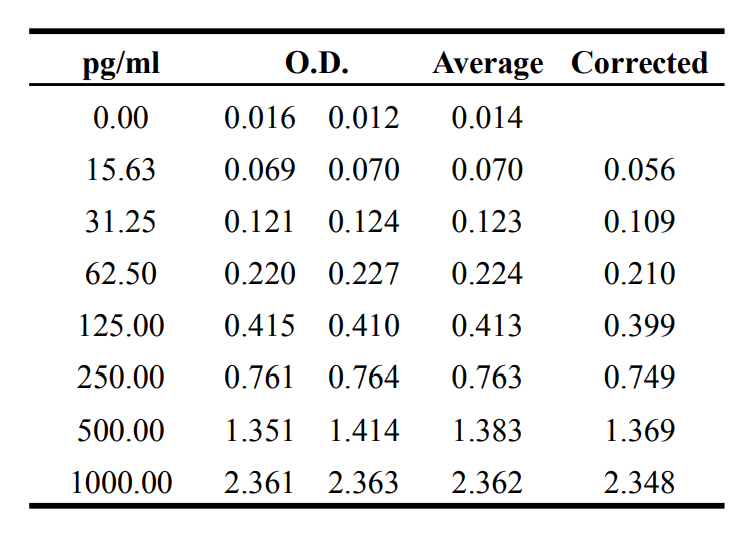
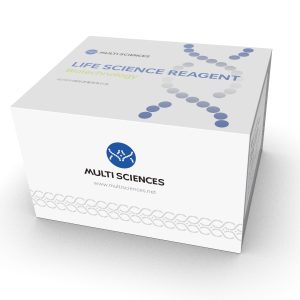

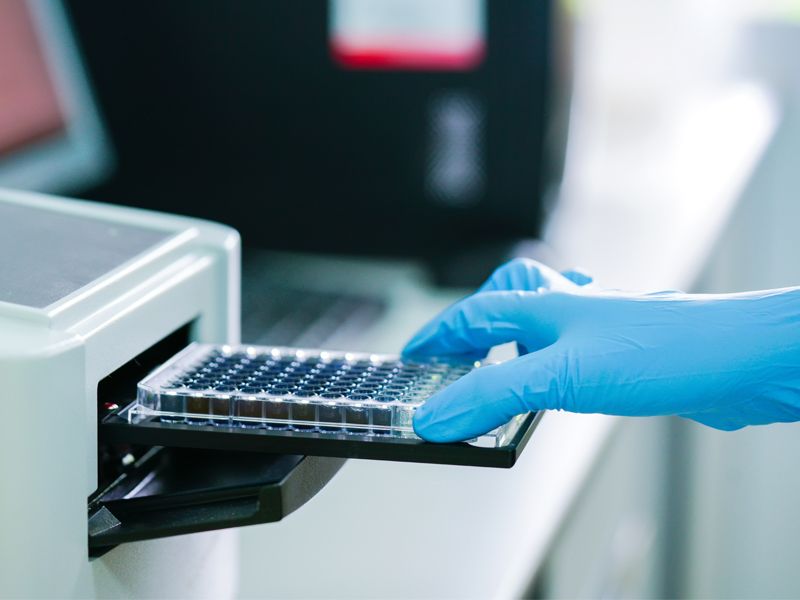
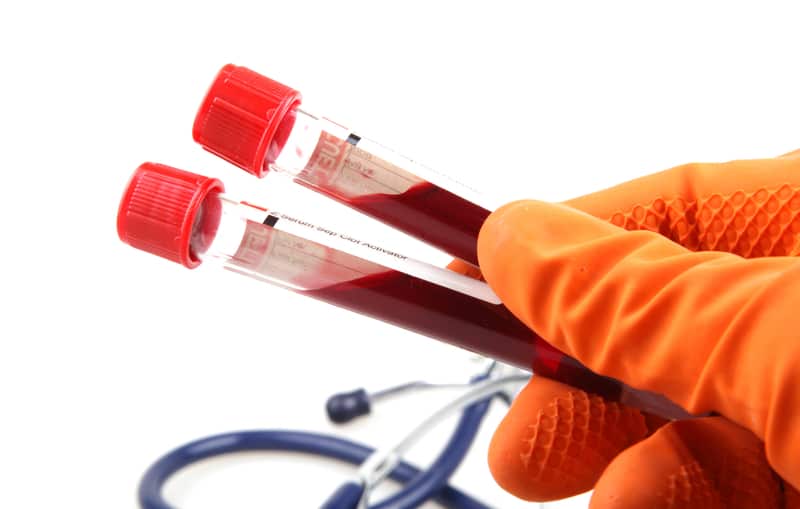
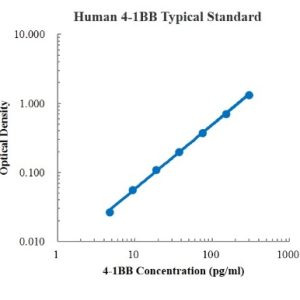
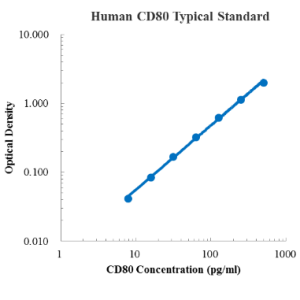
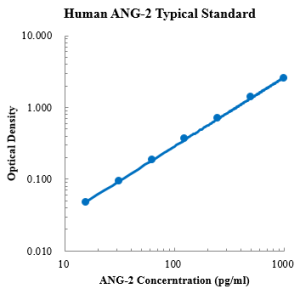
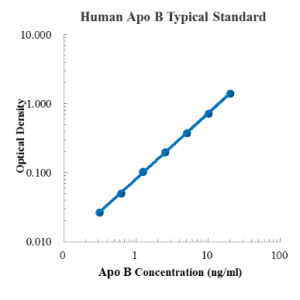
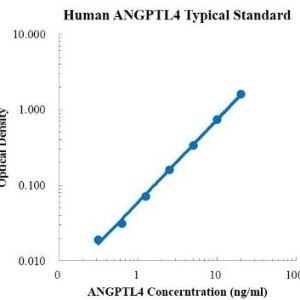
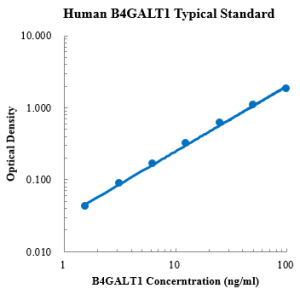
Reviews
There are no reviews yet.